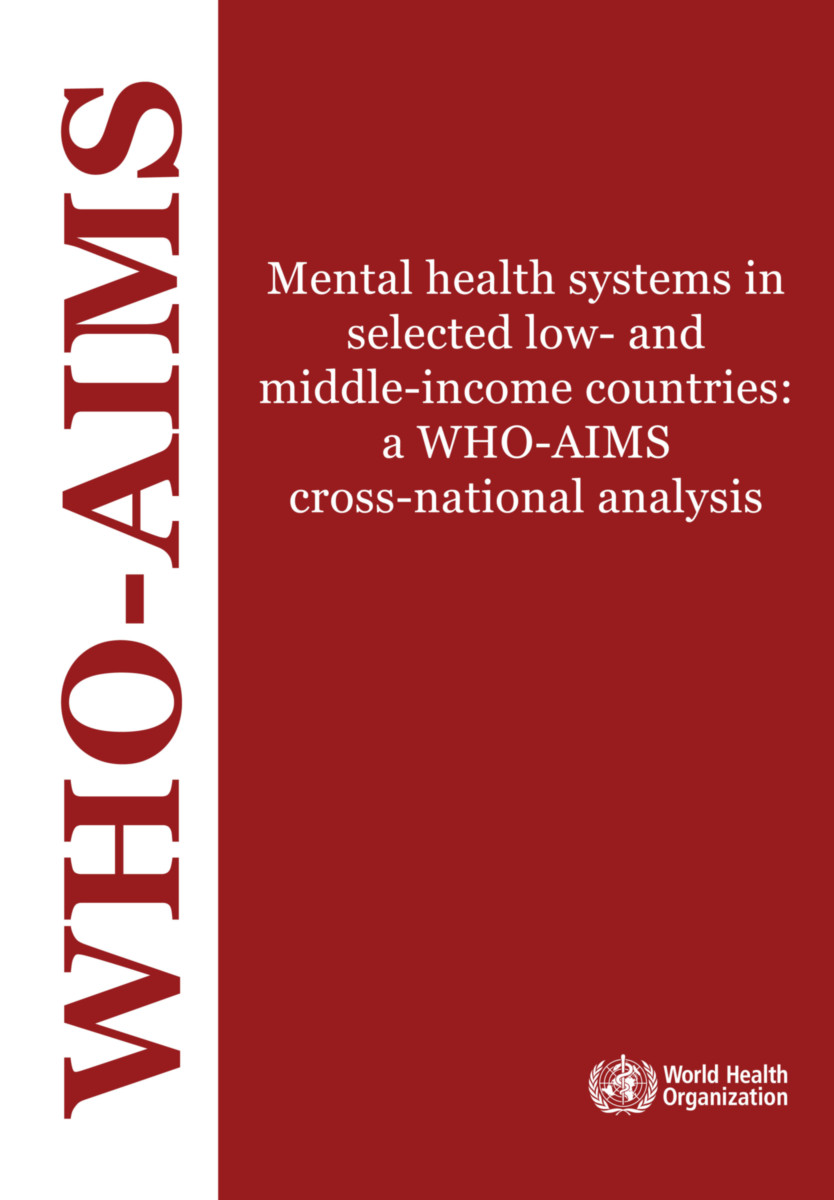Mental Health Systems in Selected Low- and Middle-income Countries
A WHO-AIMS Cross-national Analysis
- Publisher
World Health Organization - Published
24th March 2010 - ISBN 9789241547741
- Language English
- Pages 104 pp.
- Size 12" x 8.625"
This report summarizes descriptive data on mental health systems of selected low- and middle-income countries (LAMICs) using the World Health Organization Assessment Instrument for Mental health Systems (WHO-AIMS).
Results suggest that a systematic assessment of mental health systems is possible in LAMICs. The comprehensive and detailed information gathered through WHO-AIMS and summarized in this report provides a better understanding of mental health systems in these countries. Results indicate that mental health resources and activities are scarce, inequitably distributed and inefficiently used; community-based mental health services are underdeveloped; mental health systems are often not well connected to other relevant sectors such as the primary health care system; and that insufficient attention is given to human rights.
This report highlights the urgent need for additional resources and the importance of ensuring better use of the limited resources available: they need to be more equitably distributed and resources concentrated in mental hospitals should be diverted to community care. The information derived from this WHO-AIMS study is being used to develop plans for strengthening community care and scaling up services for people with mental disorders hence contributing to the objectives of the Mental Health Gap Action Programes (mhGAP) of the World Health Organization.
World Health Organization
World Health Organization is a Specialized Agency of the United Nations, charged to act as the world's directing and coordinating authority on questions of human health. It is responsible for providing leadership on global health matters, shaping the health research agenda, setting norms and standards, articulating evidence-based policy options, providing technical support to countries, and monitoring and assessing health trends.


